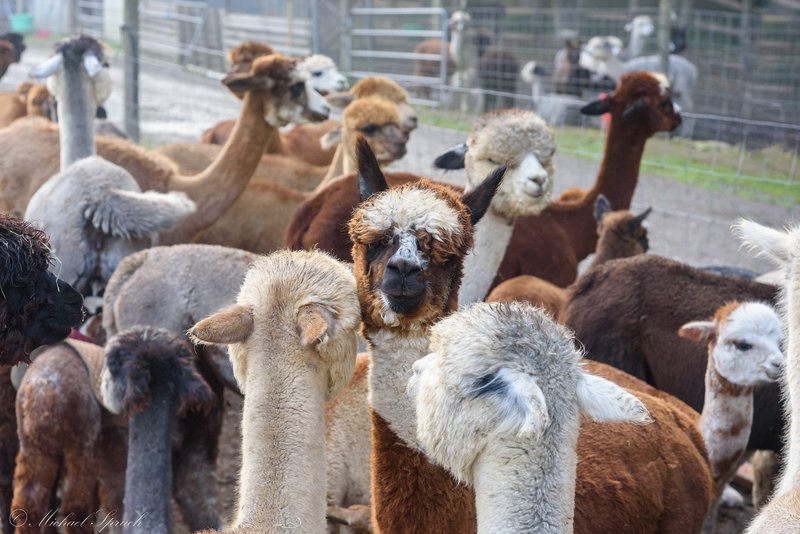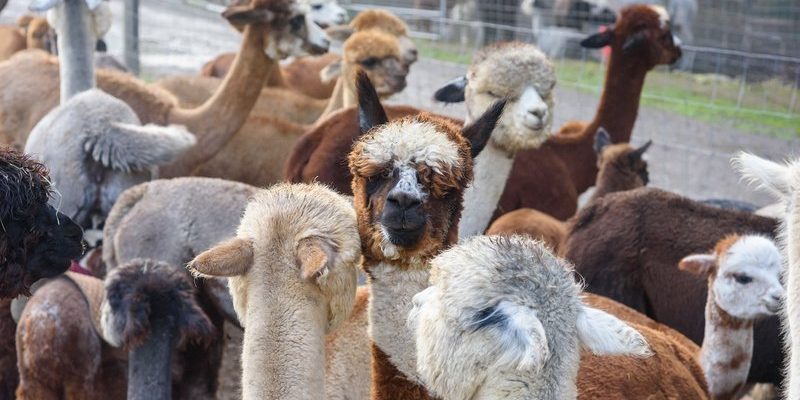
In this guide, we’ll explore the best practices for introducing new alpacas to your existing herd. This process is more than just tossing them into the pen and hoping for the best. It’s about understanding their behavior, creating a safe environment, and easing the transition for both newcomers and old-timers. So, grab a comfortable seat, maybe a cup of coffee, and let’s dive in!
Understanding Alpaca Behavior
Before we get into the nitty-gritty of introductions, it’s important to understand how alpacas behave. These lovely creatures are social animals and often thrive in herds. They have a structured social hierarchy, much like a family, where they establish their pecking order. When you introduce new alpacas, it helps to recognize this dynamic.
Alpacas communicate through body language. They use their ears, posture, and even their vocalizations to express how they feel. For instance, if an alpaca has its ears pinned back, it might be feeling threatened or irritated. On the flip side, a relaxed, grazing alpaca with ears forward is usually at ease. Recognizing these signals is key to managing your herd’s interactions.
You might be wondering how this affects introductions. When new alpacas join, existing members may show curiosity, skepticism, or even aggression as they try to figure out where the new ones fit in. Understanding these behaviors can help you anticipate and manage any potential skirmishes during the introduction process.
Preparing for the Introduction
Now that we have a grasp on alpaca behavior, let’s get ready for the big day. Proper preparation is crucial to making sure your introduction goes smoothly. The first step is creating a safe space for the newcomers—think of it as their own little apartment before they fully join the community.
If you can, house the new alpacas in a separate pen for a few days. This allows them to acclimate to their new surroundings and gives existing herd members a chance to sniff around and observe without direct contact. It’s like letting everyone get a good look before they formally meet!
During this time, ensure they have all the essentials: fresh water, hay, and a cozy shelter. This not only keeps them healthy but also makes them feel secure. Remember, a relaxed alpaca is much easier to introduce!
Gradual Introduction Techniques
Once everyone seems to be settled, it’s time to start the introductions. But let’s take it slow. Think of it like a dance; you want to avoid stepping on any toes! Start by allowing the new alpacas to see the rest of the herd from a safe distance.
You can do this by creating a shared fence-line where they can interact without direct contact. This gives both groups time to get used to each other’s presence. During these initial meetings, pay attention to how they react. Are they curious? Alarmed? Taking notes on their behavior can help you adjust your approach.
After a few days of observation, you can try bringing the new alpacas into the main herd—just for short periods at first. Monitor how they engage. If you see any signs of aggression or distress, don’t hesitate to separate them again and try a less direct approach. It’s all about comfort and safety.
Creating a Positive Environment
While introductions are going on, creating a positive environment is essential. The less stressful the process, the better the outcomes for everyone involved. Make sure the area is clean and free from potential hazards. Keep the surroundings familiar as well, which helps reduce anxiety.
Consider the social dynamics of your herd. If you have a particularly dominant alpaca, it may be wise to introduce the new ones with a more submissive member first. This can help ease the tension and establish a peaceful introduction.
Also, try to keep feeding times consistent. Maintaining a routine can help both the new and existing alpacas feel more secure. When everyone knows what to expect, it reduces stress levels. Remember, a relaxed alpaca is a happy alpaca!
Monitoring Interactions
Once the new alpacas are mingling with the herd, it’s crucial to keep an eye on their interactions. This is like being a referee at a big game—you want to ensure everyone plays nice. Look for signs of discomfort, such as excessive vocalizations, aggressive posturing, or avoidance behavior.
If you notice troubling signs, don’t panic. It’s common for alpacas to test boundaries as they figure out their place in the group. If things seem too heated, separate them again and try reintroducing them later. You might also consider using distractions, like treats or toys, to encourage positive interactions.
On the flip side, if things are going well, celebrate those small victories! Positive interactions can include mutual grooming or sharing a space comfortably. These moments are good indicators that your herd is finding its rhythm.
Long-Term Integration
The introduction process doesn’t end once the new alpacas have met the herd. Long-term integration is where the true bonding happens. It might take weeks or even months for everyone to settle into their new social structure.
During this time, continue to monitor their behavior and interactions. Ensure that there are enough resources, like food and water, so everyone feels secure and respected. If you see any bullying or constant stress, consider giving one or two members a break by rotating them out of the pen temporarily.
Also, celebrate the milestones! If you notice new friendships forming or playful interactions, those are signs that your alpacas are starting to embrace their new dynamics. These moments can be heartwarming and a reminder of the beauty of social connections in the animal world.
Introducing new alpacas to your herd can seem overwhelming, but with the right approach, it can also be a rewarding experience. Remember to take things slowly, observe behaviors, and create a supportive environment for everyone involved.
By understanding alpaca behavior, preparing for introductions, and monitoring interactions, you can help create a harmonious community. In the end, it’s about building strong relationships in your herd, one alpaca at a time. So as you welcome your new friends, you’re not just adding members to your farm; you’re creating a family. Enjoy the journey!

